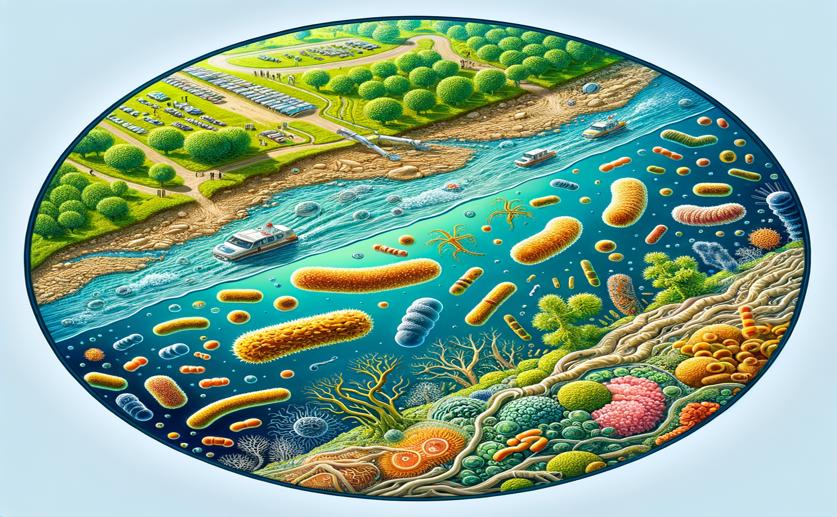
Using Stream Bacteria to Measure Land Use Impact
Jenn Hoskins
9th July, 2024

Image Source: Natural Science News, 2024
Key Findings
- The study analyzed bacterial communities in New Zealand stream biofilms to predict upstream land use
- Bacterial compositions differed significantly between streams influenced by indigenous forests and those affected by horticulture or pastoral grasslands
- Using bacterial data, researchers could predict the type of upstream land use with 65% accuracy
References
Main Study
1) Exploring freshwater stream bacterial communities as indicators of land use intensity
Published 8th July, 2024
https://doi.org/10.1186/s40793-024-00588-z
Related Studies
2) Light availability impacts structure and function of phototrophic stream biofilms across domains and trophic levels.
3) Land use influences stream bacterial communities in lowland tropical watersheds.
4) Genomics in marine monitoring: new opportunities for assessing marine health status.
5) Ultra-high-throughput microbial community analysis on the Illumina HiSeq and MiSeq platforms.



 30th January, 2024 | Jim Crocker
30th January, 2024 | Jim Crocker